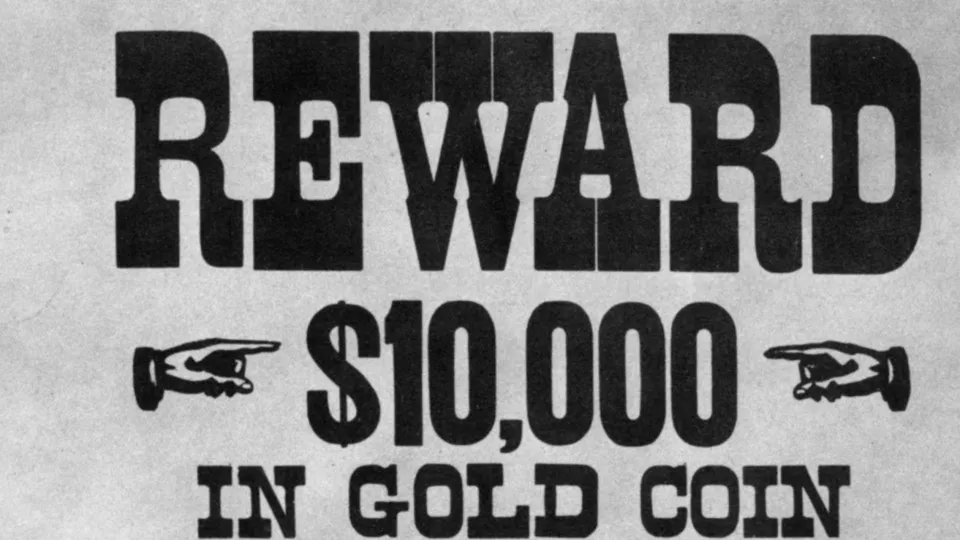The American Frontier of the late 1800s and early 1900s is known as the Old West, a time and place romanticized for its freedom and feared for its violence in equal measure. Often referred to as the Wild West, this era saw an abundance of outlaws who made a living by robbing banks, stealing from trains, and ambushing stagecoaches. Some of these gunmen became legendary figures, their stories forever etched in American folklore. However, it's important to remember that most of these individuals were ruthless and brutal, living up to their reputations as dangerous gunfighters.
These bandits, villains, fugitives, gunslingers, and desperados were some of the most wanted outlaws of the Wild West. Click through the gallery to get started. Click through the gallery to see them all.



